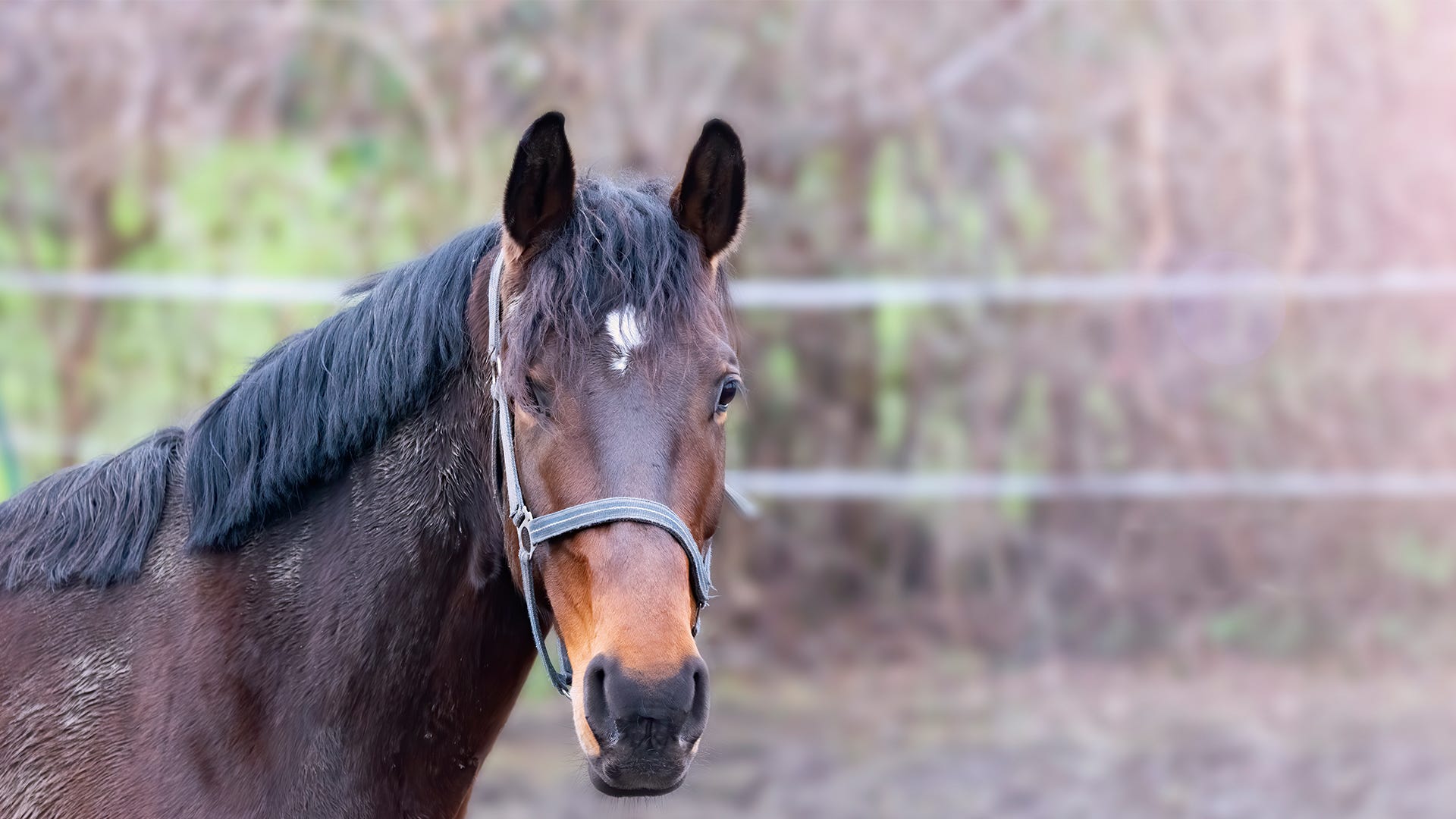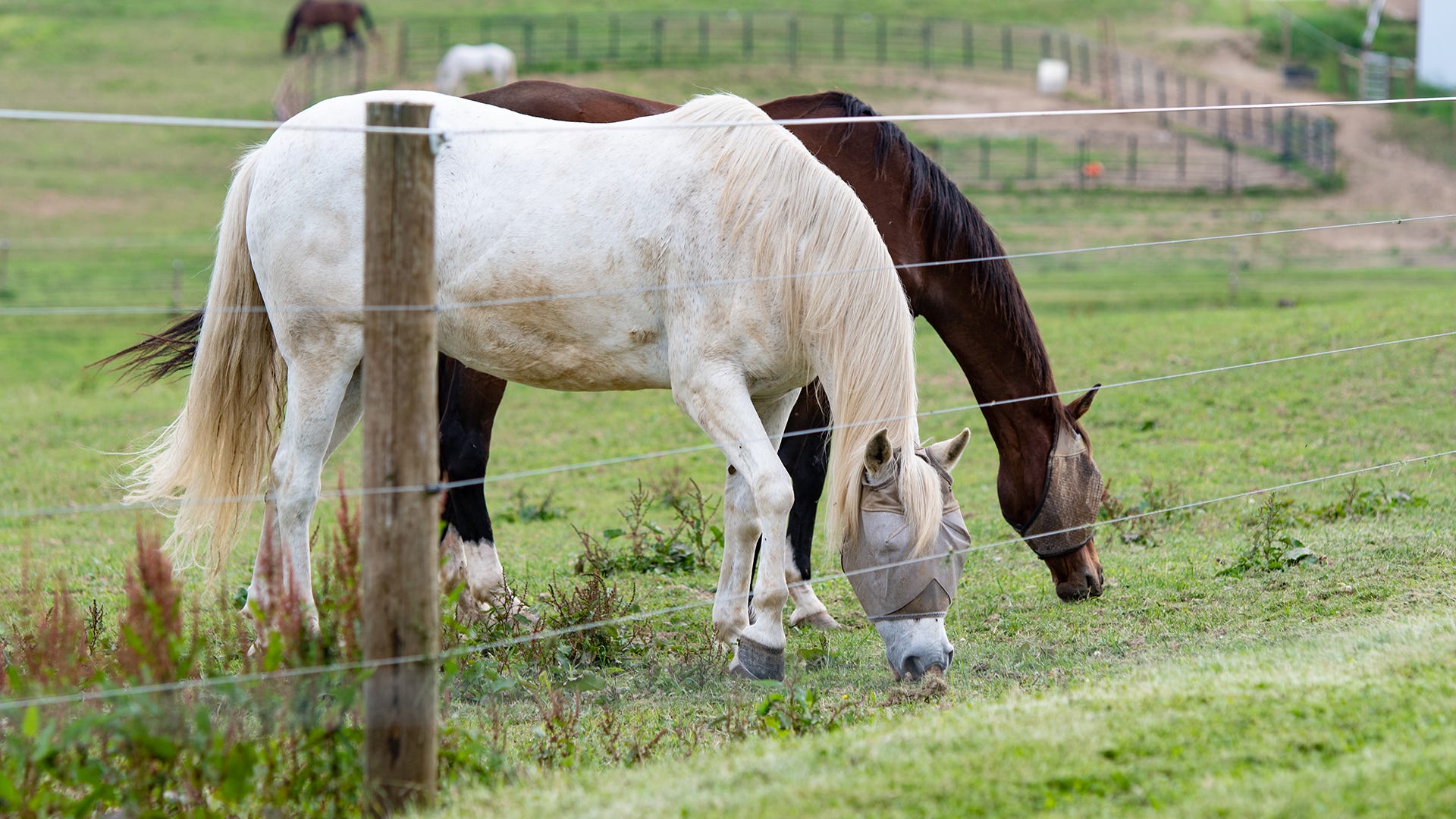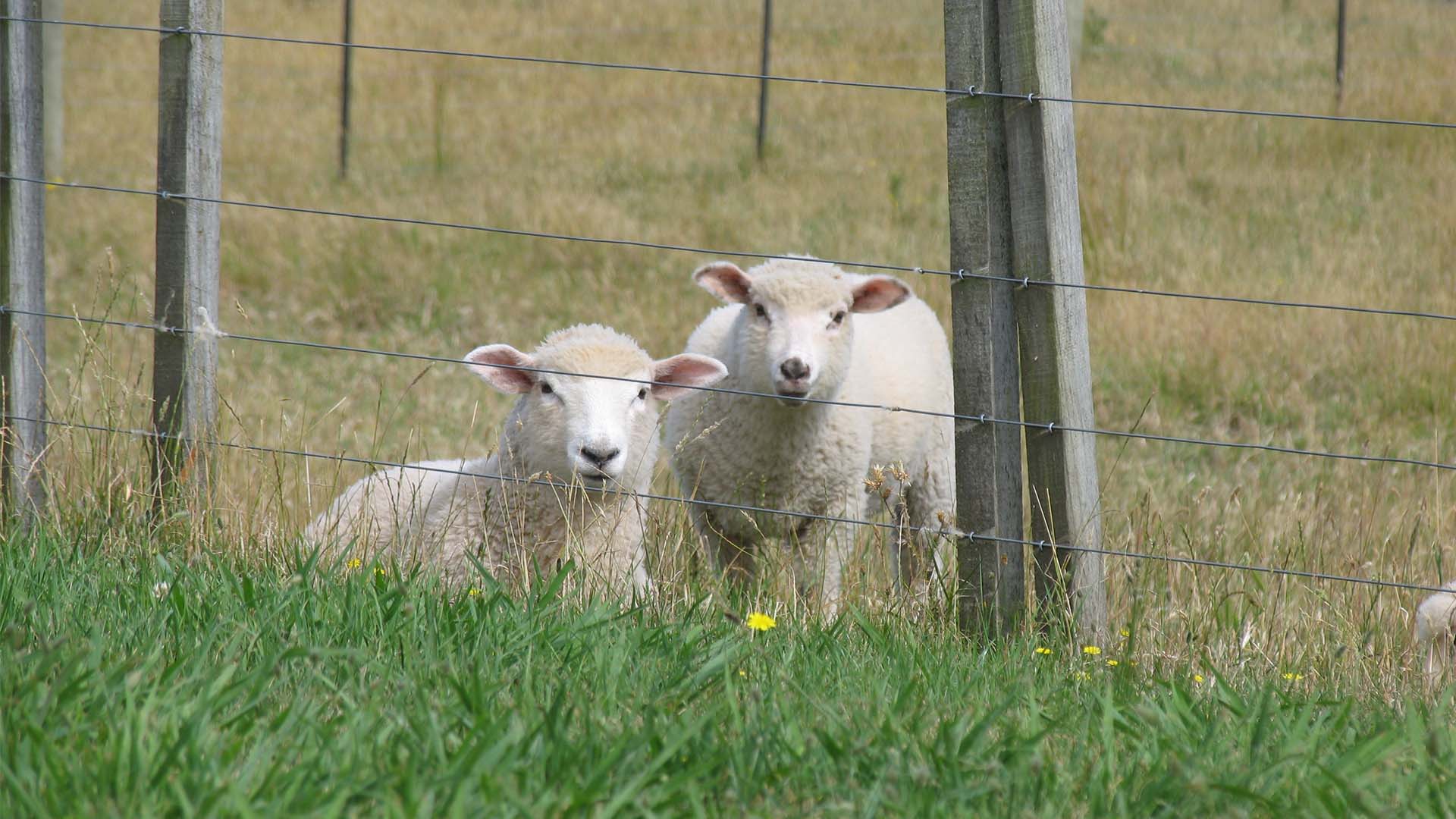
Have you ever wondered what your horse is thinking? Understanding what your horse is thinking and feeling may seem impossible, but some movements can help you read your horse's mind. Horses have body language that they use to convey messages along with the noises they make. Learning these languages and understanding what they mean can strengthen the bond between you and your horse.
Horse Body Language
Horses have hundreds of different ways that they use their body to communicate. Each horse is unique, so they also might express themselves in slightly different ways. The behaviors below are the most common body language signals for most horses that you should know.
Ears
Ears are a great indicator of how your horse is feeling. For example, if both ears are back, the horse is angry and may be threatening another horse. It can also mean that the horse is concentrating, like when they are running or competing.
The rapid movement of the ear turning back and forth can mean that your horse may be stressed or scared. It can also mean that there is too much stimulation, causing anxiety. If only one ear is back, the horse is listening to something that is coming from behind.
Ears turned out towards the side of the head indicate that the horse is relaxed or maybe asleep. You can startle the horse if you don't call attention to yourself before petting your horse or speaking loudly.
When a horse is listening or attentive to his/her surroundings, their ears will be facing forward and straight.

Head Position
A lowered head is a sign that your horse is relaxed. If the horse is standing in its stall or pasture with a lowered head, this can mean that she/he might even be sleeping or relaxing.
If the horse's head stays elevated in the air, they are focused on something in the distance. This horse is probably not paying attention to you if you are near him/her.
Finally, if the head is snaking, meaning your horse’s head is lowered and waving side to side, they are aggressive. Usually, this is the result of feeling threatened or wanting to assert dominance.
Lying Down
While a horse laying down might indicate illness, sometimes it just means that a horse is sleeping or resting. Laying on the ground is common for a horse as they can spend about 2 hours each day to get rest. Indications of sickness usually occur when your horse resistant to getting up or is unwilling to move.
Tail
A raised or flagged tail is when a horse carries it tails above the level of the back. When in this position, it might mean that your horse is excited. It also probably means that your horse stopped paying attention to you and is focused on something else.
The sign of a stressed or anxious horse is a clamped down tail. This tail sign might mean that you must reassure the horse and build up confidence in your horse.
Tail swishing can mean many different things. When the tail is slowly swishing back and forth, it's used for fly control and preventing the flies from landing on their back.
When moving rapidly or quickly, it could be because your horse is angry or irritated. This is a warning sign that your horse might buck or kick.
Horse Vocal Language
Horses can be very vocal creatures. These noises can often be an indicator of how they are feeling. The following are the most common noises and what they typically mean:
- Sighing – your horse is expressing relief, or your horse is bored.
- Groaning – the horse may be in pain or may indicate that he involuntarily groans when he performs actions while you're riding. If he makes this noise while going to the bathroom, then it may indicate a gut problem.
- Nickering – this is when your horse uses his vocal cords while keeping his mouth shut and can mean a sign of friendly recognition/welcome, or happy anticipation.
- Blowing or snorting – your horse is excited and hoping something will happen.
- Neighing – your horse is stimulated, and you must pay attention to him, or your horse is anxious. It can also sometimes occur during mealtime and mean that they are demanding food.

Horse Environment
When reading into your horse's body language, you must put together all the parts. Each horse reacts to situations differently, so habits for one horse can vary for another. You’ve got to be listening to your horse and making sure that you provide the support and resources that your horse needs to thrive.
One of the main aspects of a horse's happiness is the environment that your horse occupies. Horses like open and wide spaces with a blanket of grass so that they can graze. Certain types of horses require specific pastures, and pastures depend on environmental conditions and weather.
Fencing is a vital aspect when it comes to creating just the right environment. Electric fencing can be ideal for horses in many situations. Safety for the horse, with low cost and easy installation, can make this type of fencing containment the right choice for you. At Zareba® we have a wide variety of fencing and accessories to suit your needs.
We recommend posts that extend 5 feet above the ground, spaced about 12 feet apart on level ground. We have plenty of options for polytape or polyrope for wiring your fence. Our Zareba® Fence Chargers are dependable chargers for your electrical fences that help to keep your horses in and predators out. To learn more about electric fencing and horses, you can visit our learning center and learn all about horse fences.
You Tell Us Your Experiences
Have you noticed particular aspects of your horse's behavior? How do you ensure that your horses stay in the environment that you created? Let us know on our Facebook page. Make sure to sign up for our e-newsletter to learn even more about fences for animals beyond just horses.



